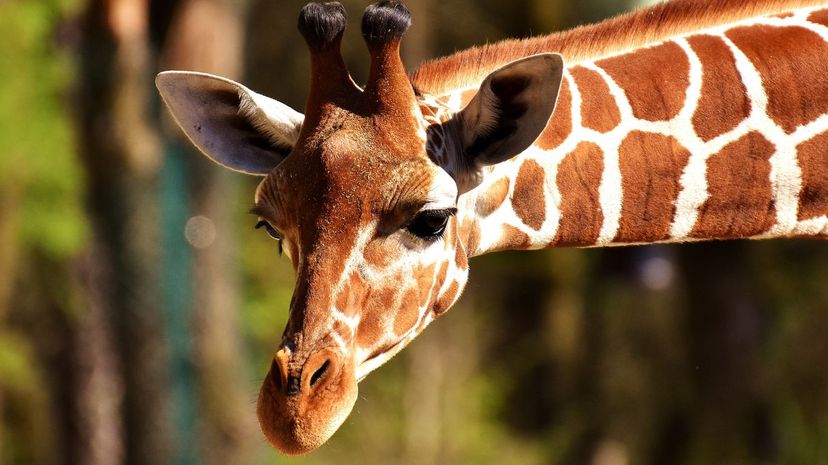
About This Quiz
There are two kinds of ungulates in the world: the odd-toed and the even-toed. The difference? The number of toes, of course. Odd-toed include horses and a few other species while even-toed encompasses a wide range of hoofed creatures like cows, pigs and even hippos. You can find our hoofed friends all over the world, ranging in size from the tiny dik-dik to the massive black rhino to the incredibly tall giraffe.Â
As far as science is concerned, hoofed animals evolved tens of millions of years ago. They likely popped up not too long after the age of dinosaurs came to a close, because that was really the time for mammals to shine. These days, hoofed creatures fill all manner of roles in the world. Some are working animals that we ride or use for farming. Some are hunted or farmed for their meat and their hides. Some we farm for their milk, and of course, some just live out their lives doing whatever they do, hoping they don't get eaten by wolves or tigers or whatever else might want to hunt a hoofed creature. Whatever the case, there are a lot of them out there. Think you can name them all in this quiz? Let's find out!
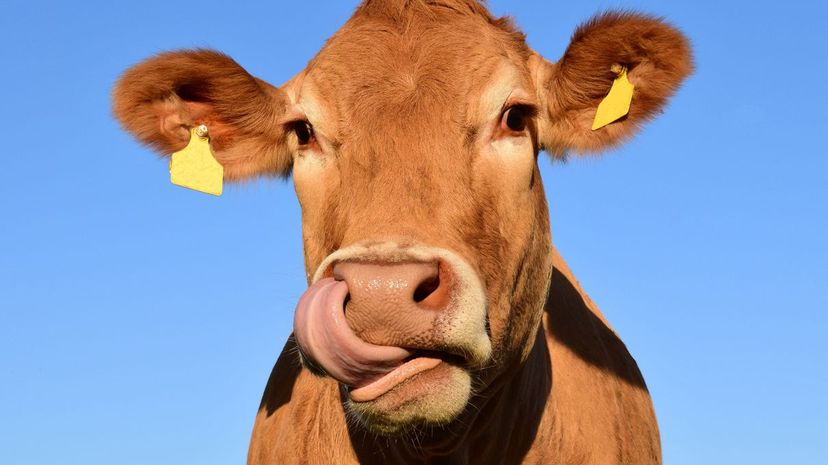
Cows are probably the most widely recognized farm animal in the U.S. thanks to the beef and dairy industry. A solid third of all the cows in the country are beef cattle, while perhaps a third of that number are dairy cows.
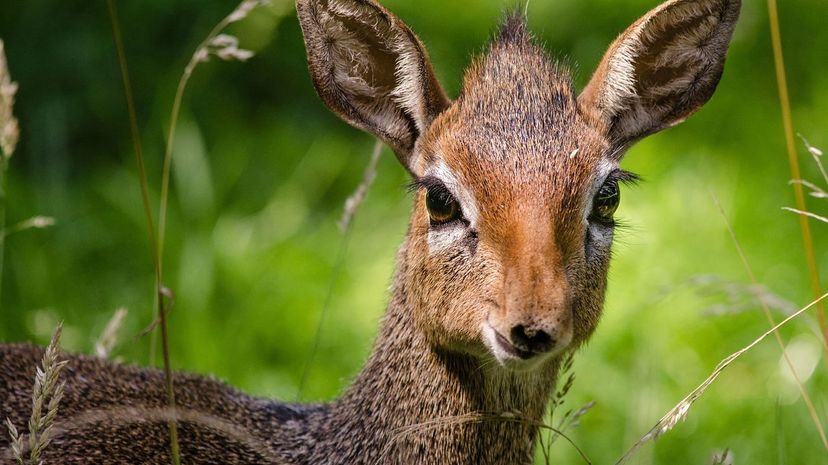
Dik-diks are some of the tiniest hoofed animals in the world and are usually smaller than most dogs. Despite their diminutive size, they can run at a pretty decent pace, hitting speeds over 25 miles per hour.
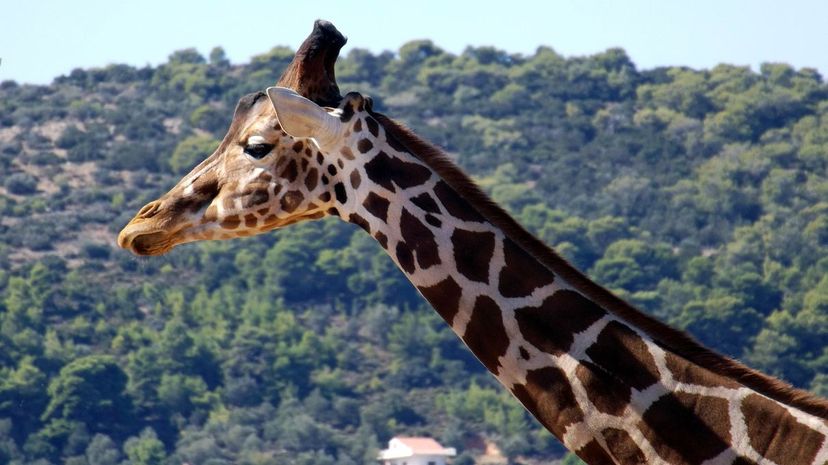
Giraffes are generally pretty easy to pick out of a crowd thanks to the fact they can reach heights of nearly 19 feet, which ensures they dwarf pretty much every other animal on the planet.
Advertisement
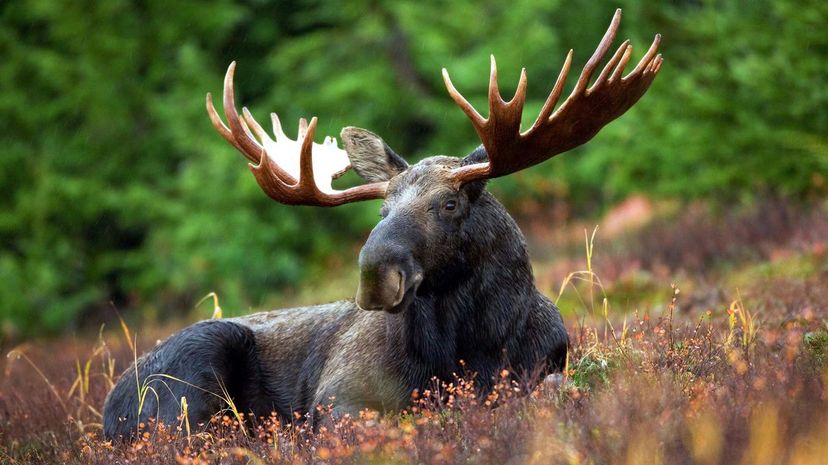
Moose are some of the largest animals in North America. They have very few natural predators in the wild beyond whole packs of wolves and the odd brave bear. In Eurasia, they have tigers to worry about.
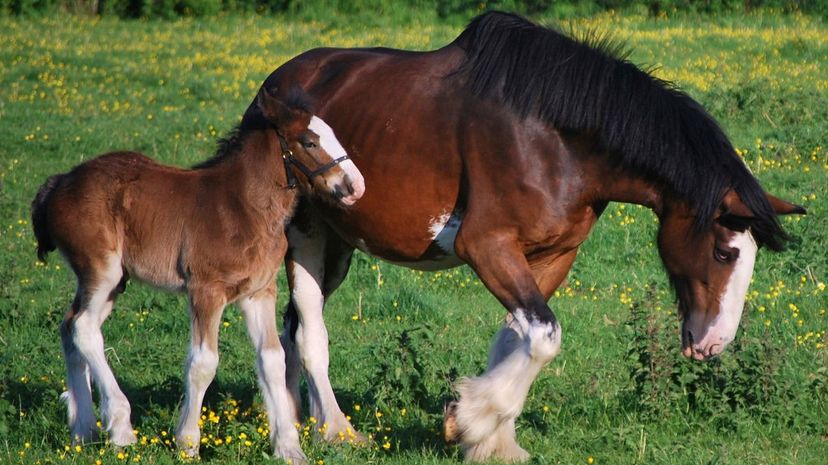
Clydesdale horses are some pretty bulky-sized draft horses that tend to be most easily recognized by their very feathered feet and lower legs. They've been popular horses for years and are used as drum horses for the British Household Cavalry.
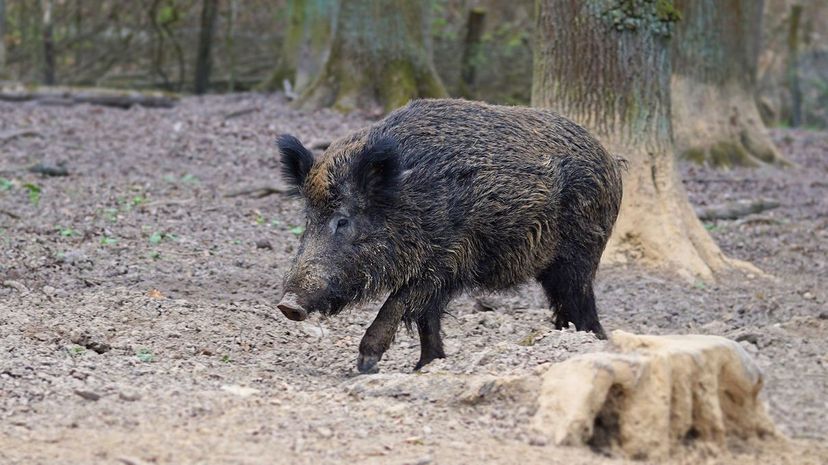
Wild boars and humans have a history that dates back about as far as recorded history goes. There's even a cave painting from the Stone Age in India depicting a human being attacked by a wild boar.
Advertisement
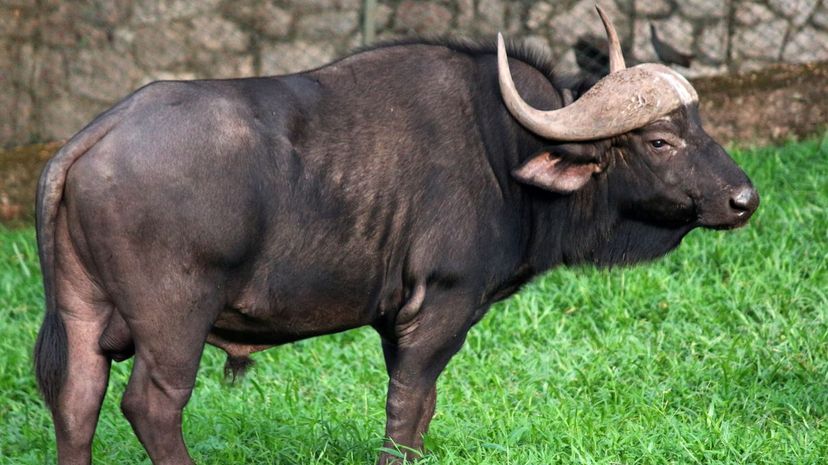
Gaurs are the largest species of wild cattle and can grow to over seven feet tall at the shoulder. Males can reach weights of over 3,000 lbs, which is about twice as much as a standard cow.
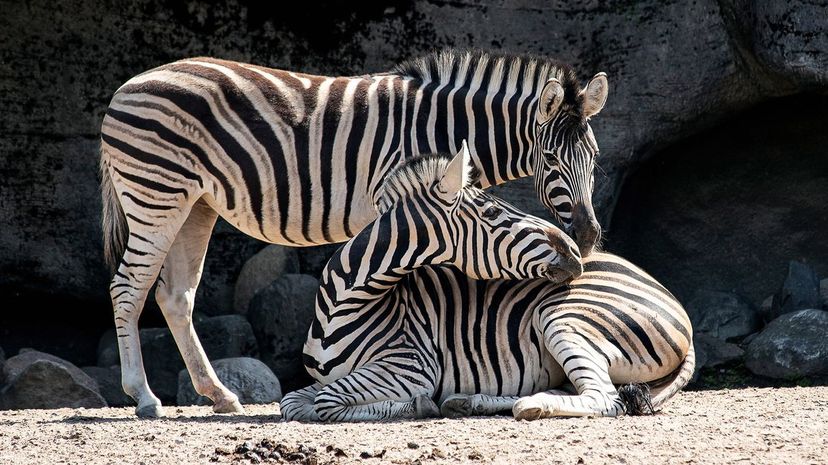
Zebras are some of the most easily recognized animals in the world thanks to their distinctive black and white stripes. To be clear, however, a zebra is a black animal that has white stripes.

A black rhino is easily identifiable by the horn on its snout and the fact it has a pointed lip versus the square, flat lip of a white rhino. The horns can grow to immense size, with the largest growing to 4.9 feet in length.
Advertisement

Lamancha goats come from California, where they are bred for milking. They're known for high milk production and also for their incredibly cool ears (or lack thereof) which give them a very distinct look in the world of goats.
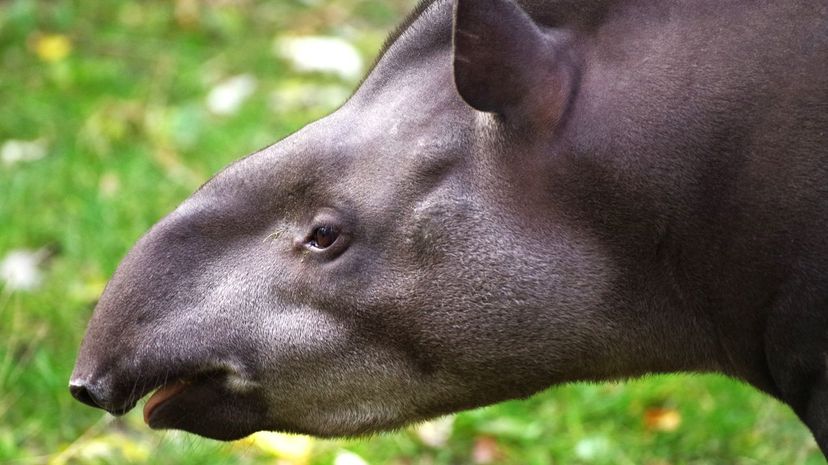
Tapirs are generally pretty docile creatures, but like any wild animal, they shouldn't be underestimated. A zookeeper once had her arm bitten off by a tapir after simply trying to feed it when it was with one of its cubs.
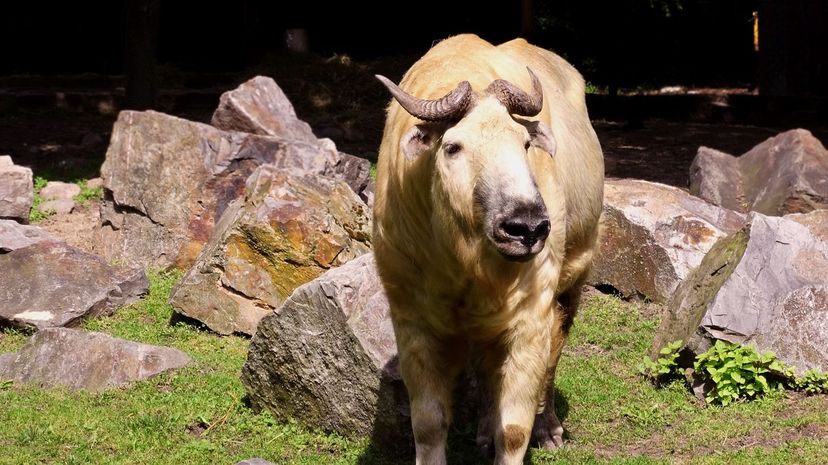
The takin has four subspecies including the golden takin which, true to its name, bears a coat of bright, golden fleece. Other takin tend to have less impressive coats that are brown or reddish-brown in color.
Advertisement
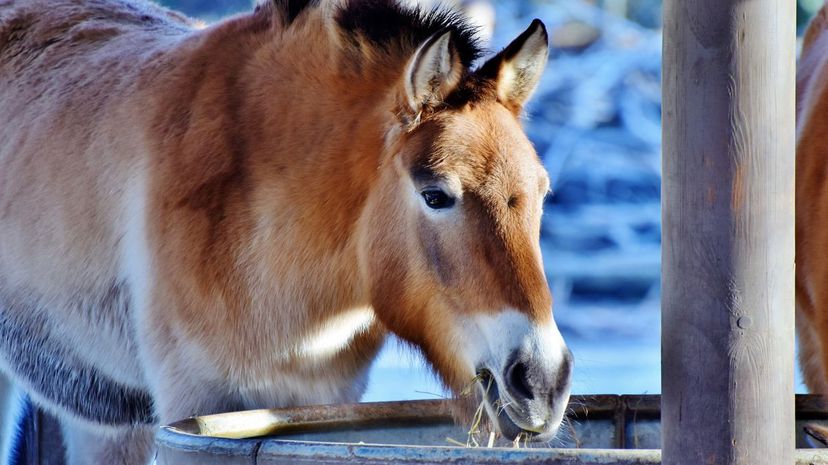
Mules have been bred as work animals for years, but mules are not able to breed on their own. There has never been a fertile male mule, thanks to their combination of 64 horse chromosomes and 62 donkey chromosomes, giving them an uneven 63.

The okapi looks like a cross between a giraffe and a zebra, which makes sense since it's a close relative of the giraffe. Sadly, due to hunting for their hides and meat as well as other threats, the okapi is a highly endangered species.
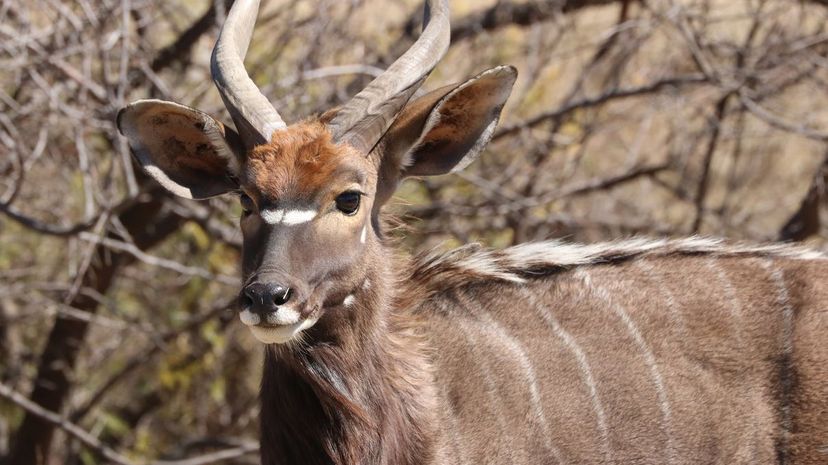
Nyalas are an antelope species found in Africa. While many animals have noticeable size differences between the males and females of the species, a male nyala can weigh as much as 100 lbs more than a female, making the size difference once of the largest in the animal kingdom.
Advertisement

The peccary is native to the Americas and is very pig-like, though strictly speaking, it isn't a pig. It's a herd animal, and sometimes you can catch them in groups of over 100 animals. They also stink thanks to their scent glands and are sometimes called skunk pigs.
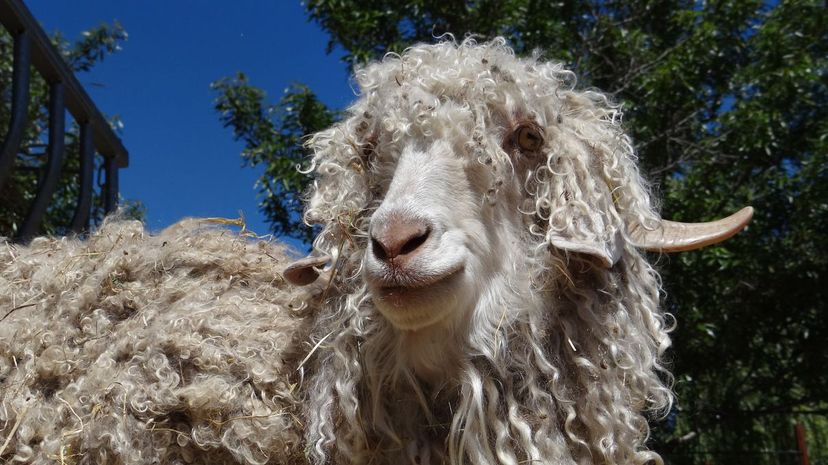
Angora goats are raised for their fleece all around the world. A single goat can produce over 10 pounds worth of fleece in a year, and it's some of the most luxurious and expensive wool you can buy.
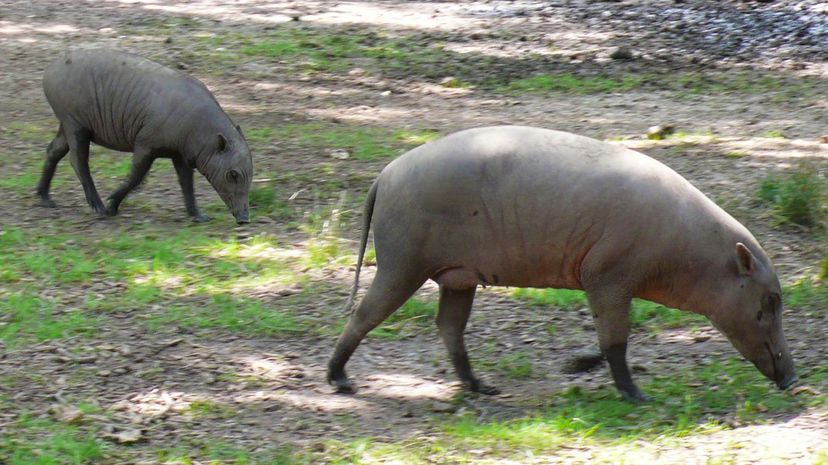
It's hard not to notice that the most prominent feature of the babirusa is its remarkably large tusks. They're actually its canine teeth, which pierce through the animal's skin and curve backward. It's possible they can grow so much that they'll pierce the animal's skull.
Advertisement
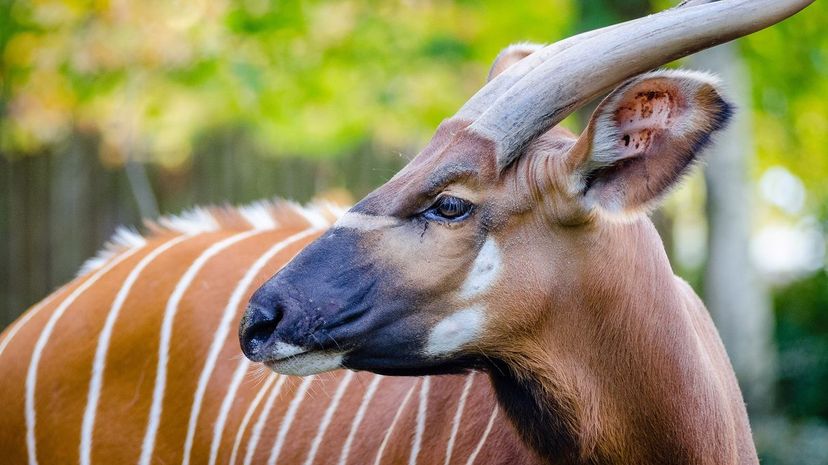
The awesomely named bongo is a species of antelope native to central and Western Africa. They have some distinctive white stripe markings that almost look like they were painted on.
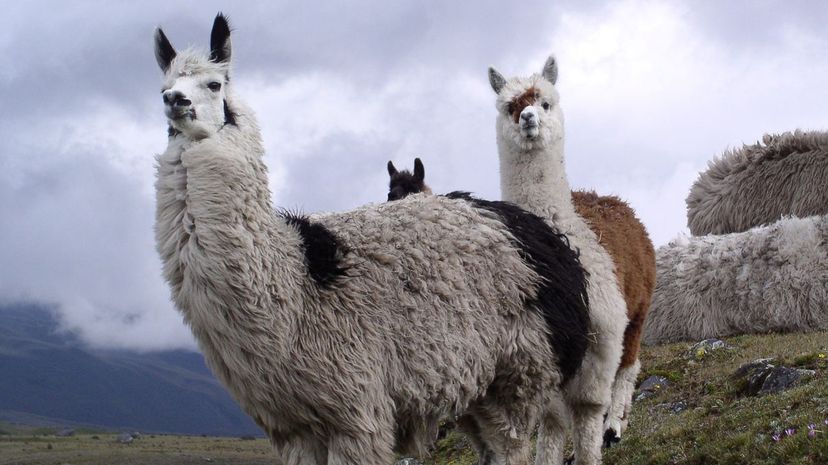
Llamas have been domesticated for generations and have been an essential part of South American culture for close to 2,000 years. Some scholars have argued that the switch from a society of hunter-gatherers to farmers in the region was made possible by using llama dung as fertilizer.

Klipspringers are tiny little members of the antelope family that, like penguins, seem to mate for life. Once a pair bonds they'll become nearly inseparable and will rarely stray more than 16 feet from each other.
Advertisement
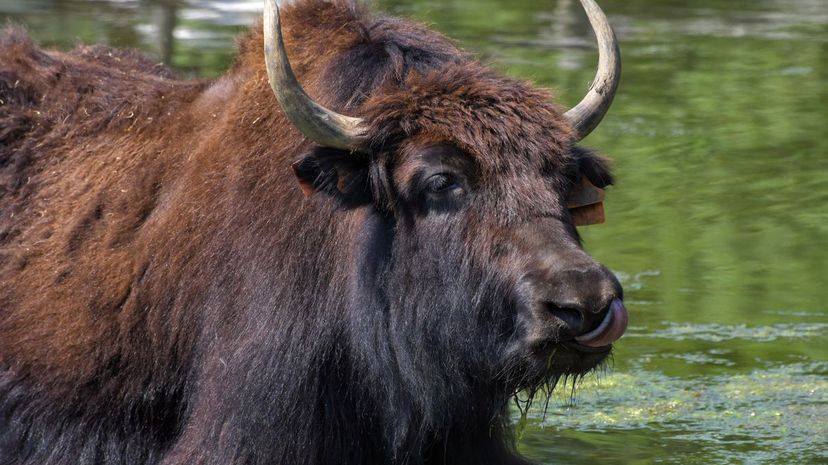
Yaks can be found throughout the Tibetan plateau and the Himalayas. Their various adaptations allow them to survive well in cold, high-altitude climates, but they're much more poorly adapted to a lower-altitude, warmer climate. At temperatures above 59 degrees Fahrenheit, they may suffer heatstroke.
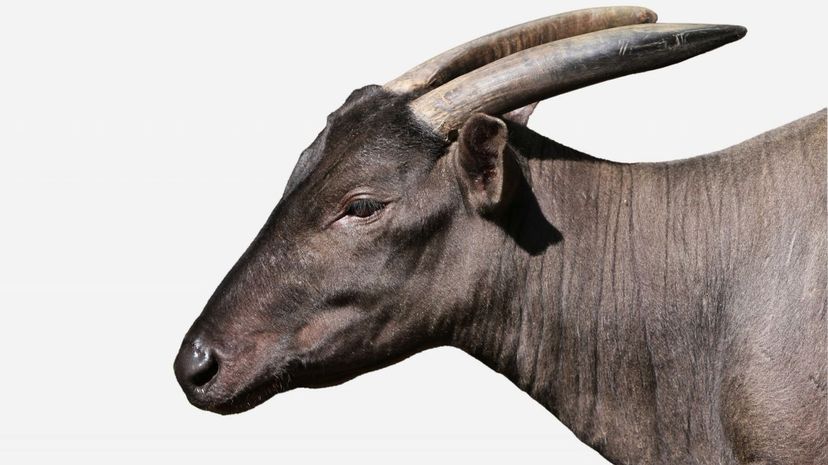
The anoa resembles a small buffalo and its population in the wild is very much at risk. Only a few thousand of these animals remain as a result of habitat loss and hunting.
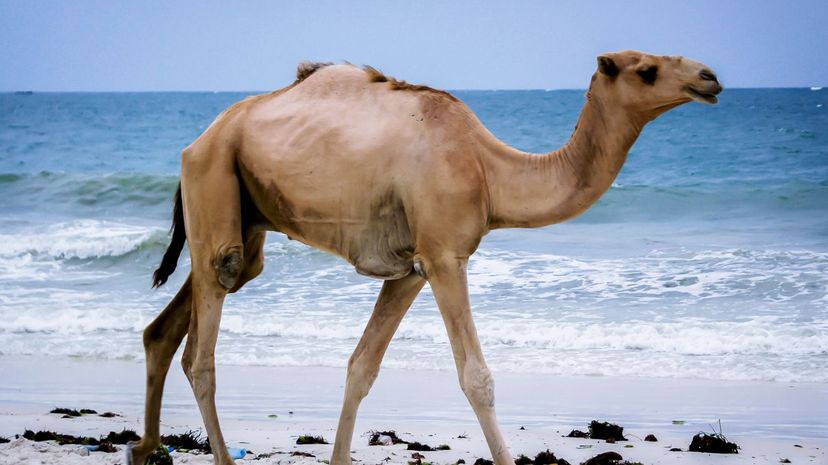
Camels are some of the most easily identifiable animals in the world thanks to the fatty humps on their backs. The hump stores most of the animal's body fat as a means of ensuring it still has fat while not being so insulated over its whole body that it will overheat in the desert.
Advertisement
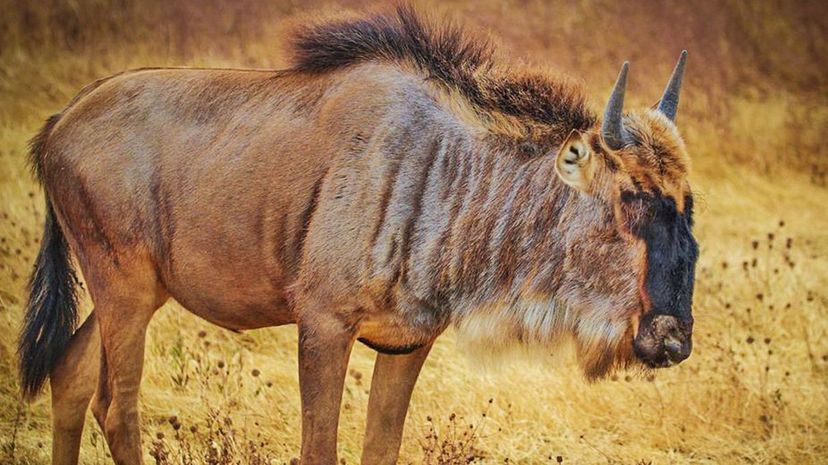
Some wildebeests will travel in large herds to migrate in the search for food. These herds have been shown to have a curious kind of swarm intelligence, not unlike what you might find in insects like ants, in which their decisions seem not to be individual but as a group.

Gemsboks are native to Africa and can be found in places like the Kalahari desert. They are often hunted for their horns, which can grow to nearly three feet in length and can be turned into musical instruments like a trumpet if you know what you're doing.
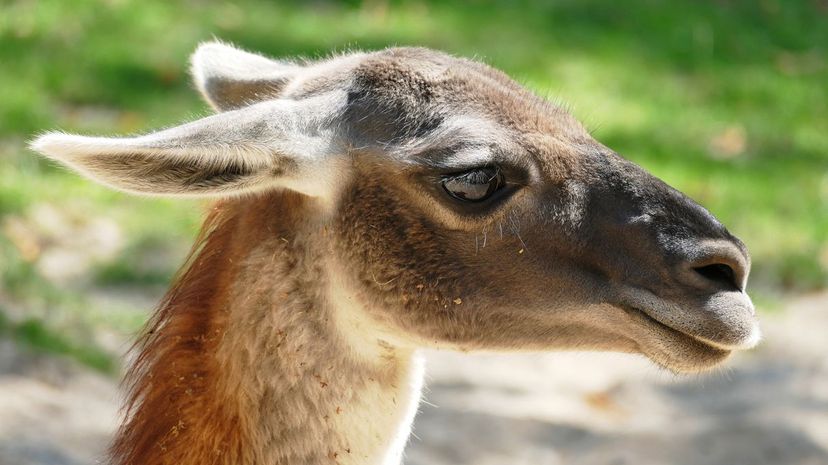
Guanacos are closely related to llamas and alpacas and live in the same areas in South America. Guanacos live a lot like lions, as herds are typically the young, females and one dominant male. Once they reach maturity, other males will go off on their own.
Advertisement
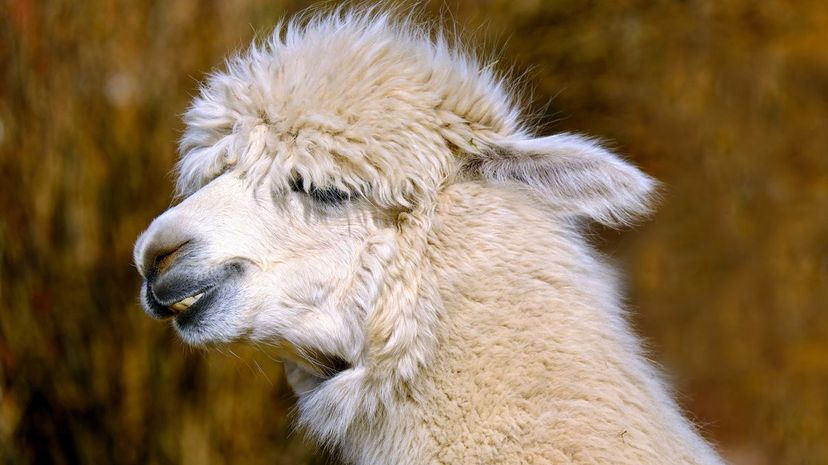
Alpacas are native to South America, but a solid industry in farming has sprung up throughout North America. Alpacas are generally friendly, but they can get aggressive, especially if they're afraid. Their go-to reaction for fear is to spit.
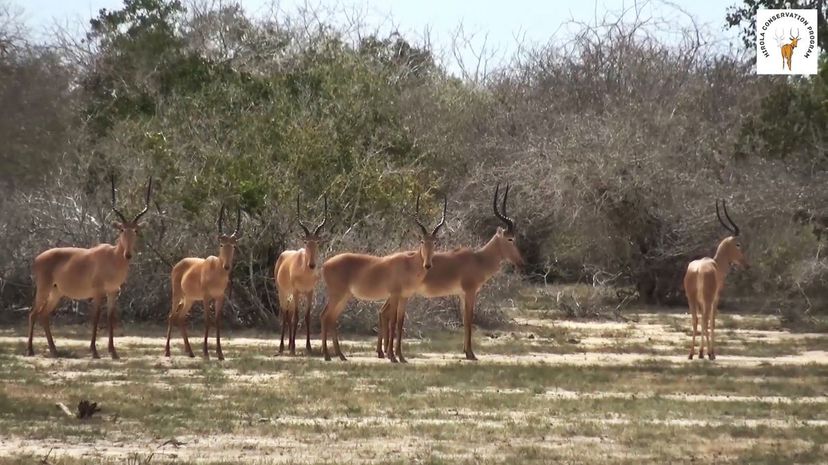
The hirola is an extremely endangered animal found near Kenya. A 2010 survey of their population estimated that there were only 402 to 466 hirola left in the wild with a much smaller population living in a Kenyan park.
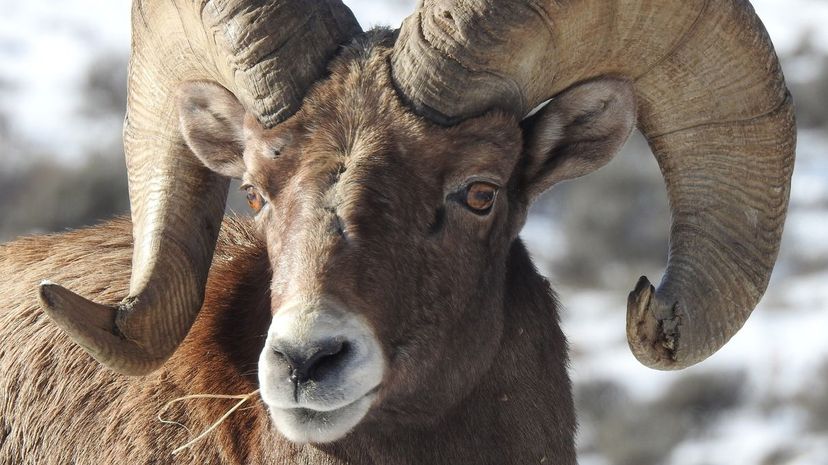
It should be no surprise that bighorn sheep get their name because they have pretty big horns. In fact, the horns of a bighorn sheep can weigh as much as 30 lbs, or about 10% of the entire sheep's body weight.
Advertisement
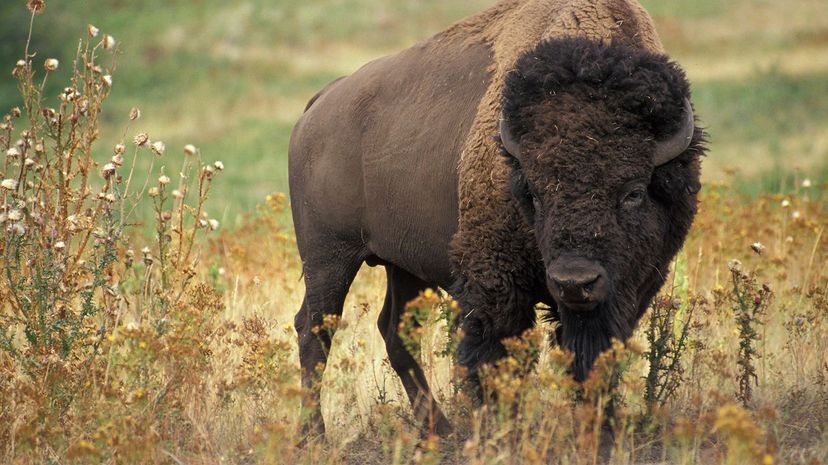
Some people call the bison a buffalo, but it's not actually a buffalo and only distantly related to that creature. Bison behavior is extremely unpredictable, and while one may look completely bored by the world one moment, it could attack without warning the next.

A banteng is a kind of wild cow from Asia that is currently endangered. There are only 5,000 to 8,000 of these animals left in the wild. A banteng was also the second endangered species in the world to be successfully cloned though the offspring only lived for seven years.
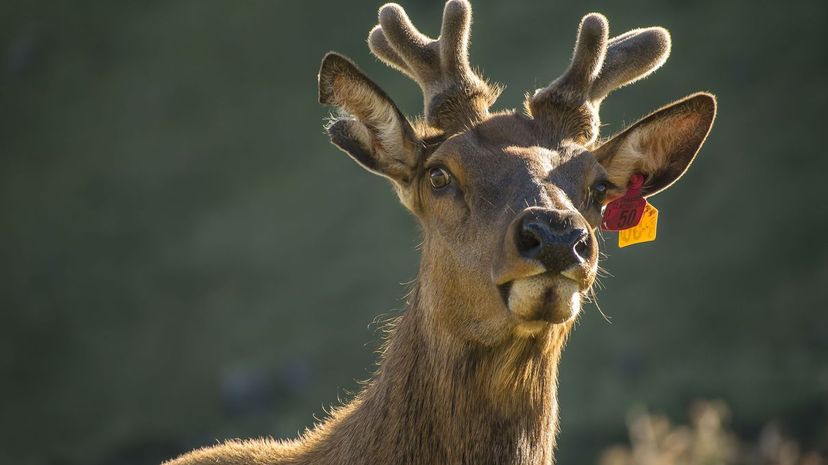
Reindeer can be found in the Arctic and sub-Arctic regions in Canada and across Europe. They travel in remarkable herds, and one of the largest is found in Siberia where its numbers can range as high as one million strong.
Advertisement
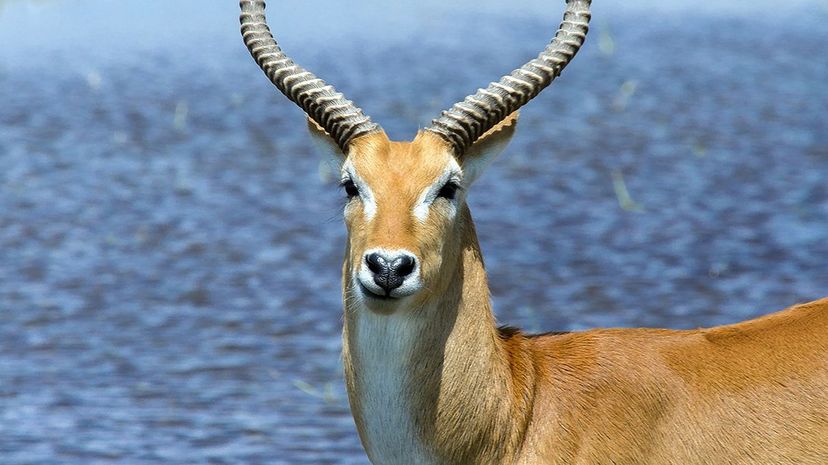
Puku live in marshy areas and, like most antelope species, like to stay in herds of around 20 or so members. When they're startled or in danger, a puku will let loose loud whistling sounds to warn others.

Onagers live throughout parts of Asia and are a threatened species. They're hunted for both their hides, which are used for leather, as well as their meat. Some people also hunt the onager to use them for traditional medicine.
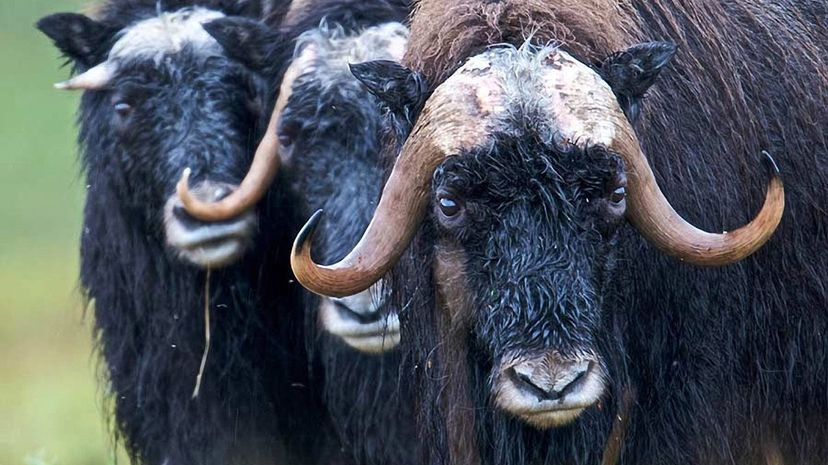
Despite looking like a giant, furry cow, musk ox are a little more closely related to sheep than cattle. They got the "musk" part of their name thanks to a gland which produces a very noticeable, very awful stench.
Advertisement
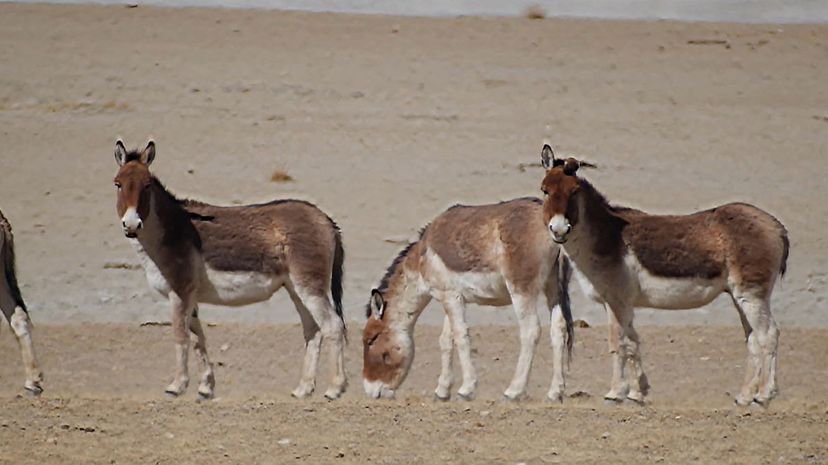
Kiang is a species of wild donkey, and there are some stories that perhaps, long ago, they were the inspiration for stories about unicorns. The fact that they don't have horns makes that somewhat perplexing, but hey, history is weird.
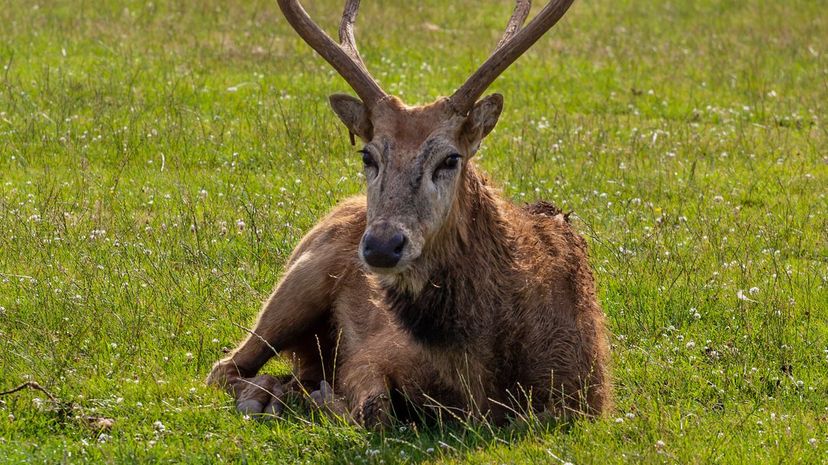
Pere David's deer, sometimes called Milu, is native to China. They had gone extinct in China during the Boxer Rebellion when German troops shot and killed the last remaining deer for food. Luckily, a few had been smuggled illegally into Europe, and the species was bred back to life by the Duke of Bedford.

African buffalo, also known as cape buffalo, can grow to be about 1,500 lbs or so. They're also one of the most dangerous creatures in all of Africa and are responsible for goring or trampling upwards of 200 people per year.
Advertisement

White-tailed deer are some of the most common deer you'll run across in North America. While typically only the males have horns, the females can grow them as well. In fact, about one in 10,000 have them.